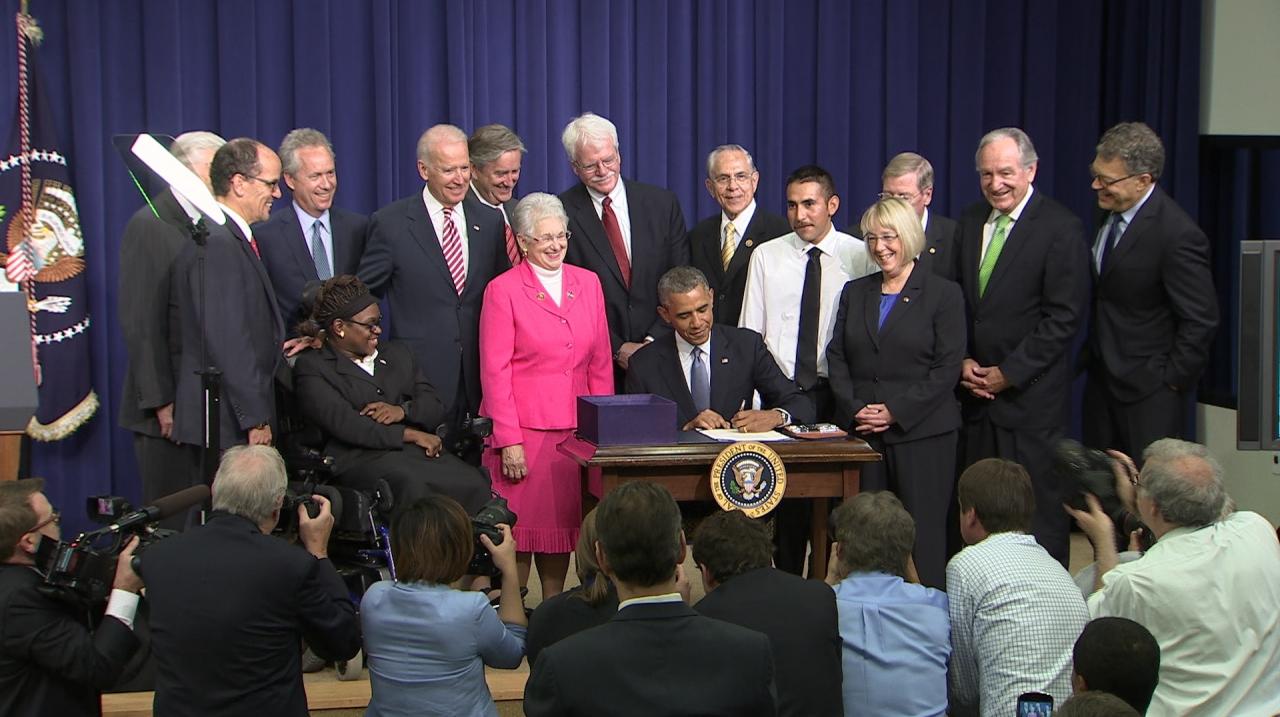Workforce Innovation and Opportunity Act Overview

The bipartisan Workforce Innovation and Opportunity Act (WIOA) (Pub. L. 113-128), signed by President Obama on July 22, 2014, created a new vision for how America prepares an educated and skilled workforce that expands opportunity for workers and employers. WIOA represents the most significant reform to our public workforce development system in nearly 20 years. The same day the President signed WIOA into law, Vice President Biden released his Job-Driven Training report, recommending improvements to our Federal training programs, including stronger employer engagement, the use of work-based learning approaches like apprenticeships, accountability for employment outcomes, and regional partnerships. The Administration laid out a vision for our job training system that “trains our workers first based on what employers are telling us they’re hiring for and helps businesses design the training programs so that we’re creating a pipeline into jobs that are actually out there.” Many of these recommendations complement the new law.
The 21st-century public workforce development system created through WIOA builds closer ties between business leaders, State and Local Workforce Development Boards, labor unions, community colleges, nonprofit organizations, youth-serving organizations, and State and local officials to deliver a more job-driven approach to training and skills development. The system delivers integrated, job-driven services to job seekers, including youth and those with barriers to employment, as well as to workers and employers. It supports the development of strong regional economies and enhances performance accountability to better inform consumers and investors about programs and services that work.
The Imperial County Workforce Development Board uses WIOA Title I funding to finance our programs and services. First, the money is allocated at the federal level through the Department of Labor to each individual state. Each state then further distributes the federal funding to individual Workforce Development Boards. For the state of California, the appropriate amount of federal dollars for each Workforce Board is determined based on local needs, population size, and availability of funding.
